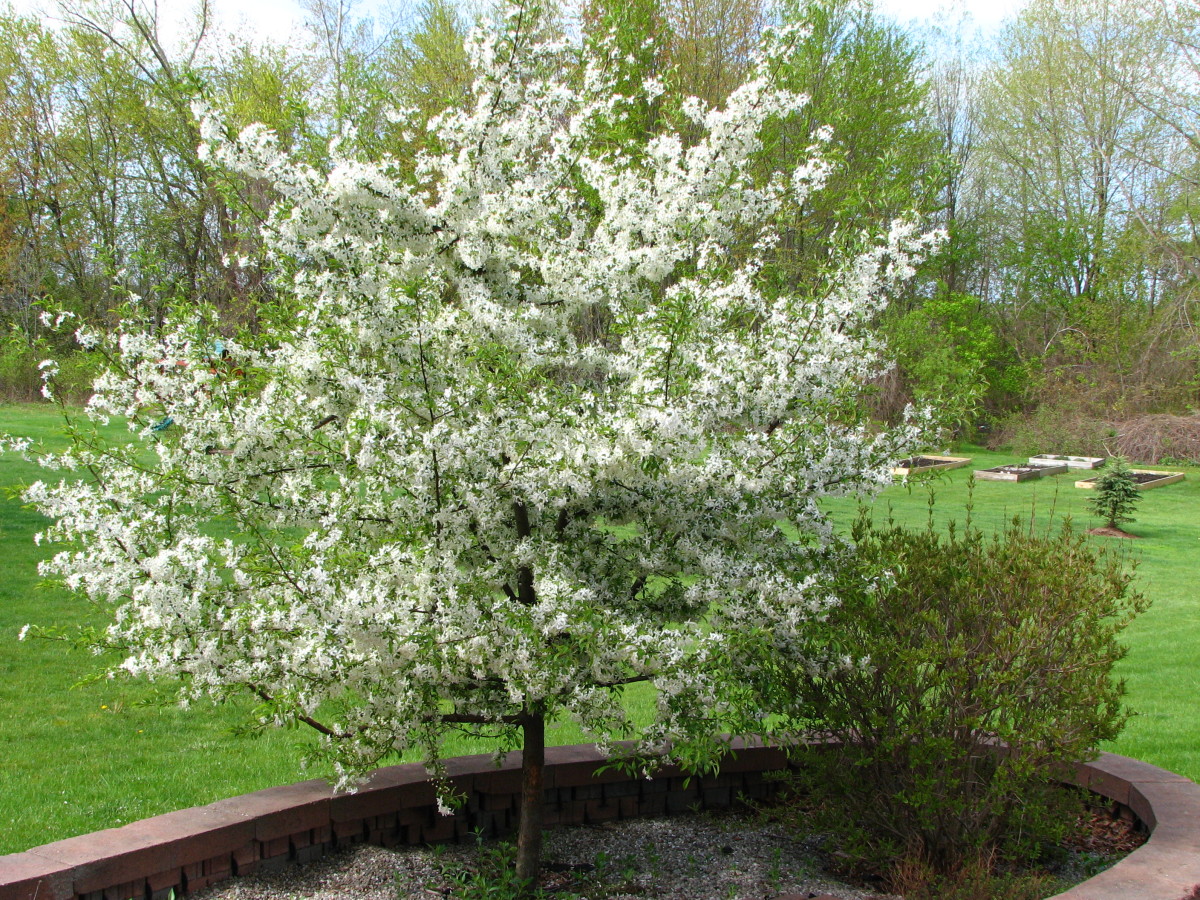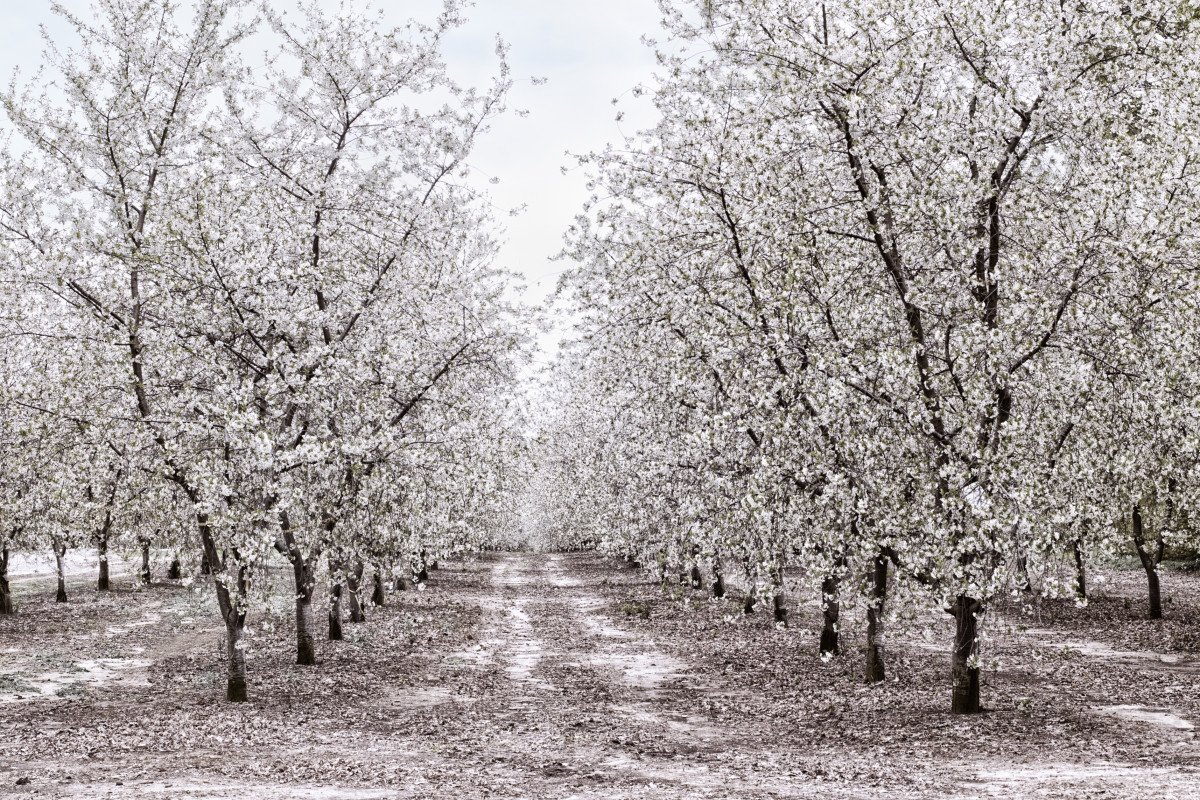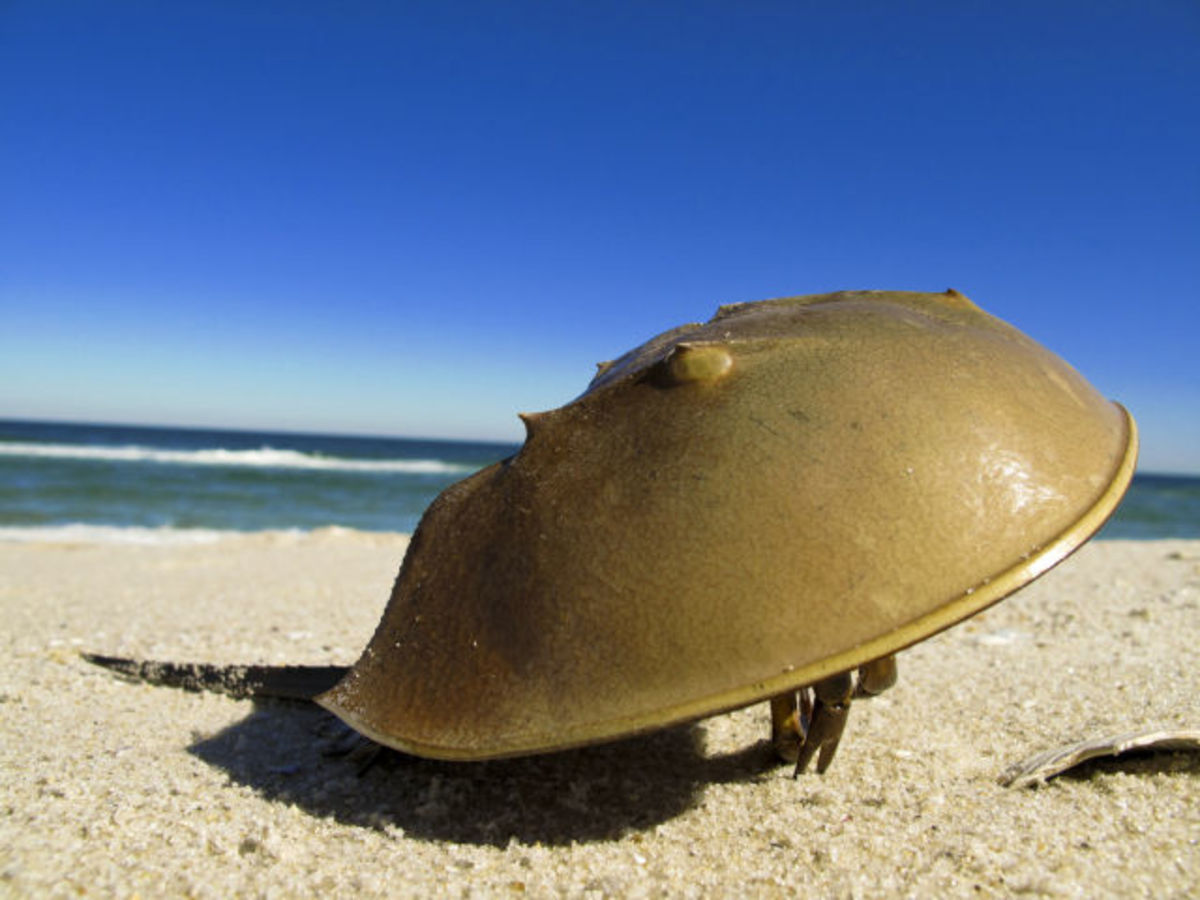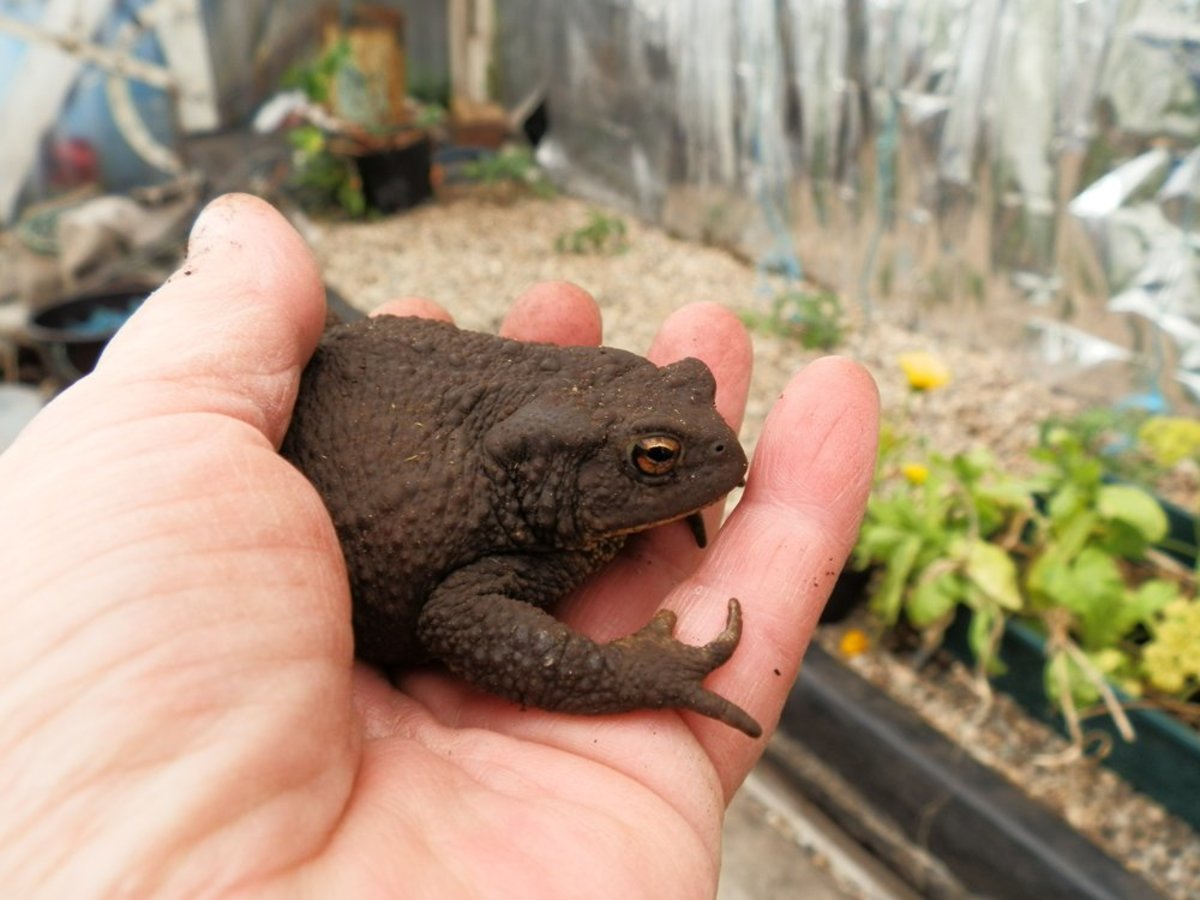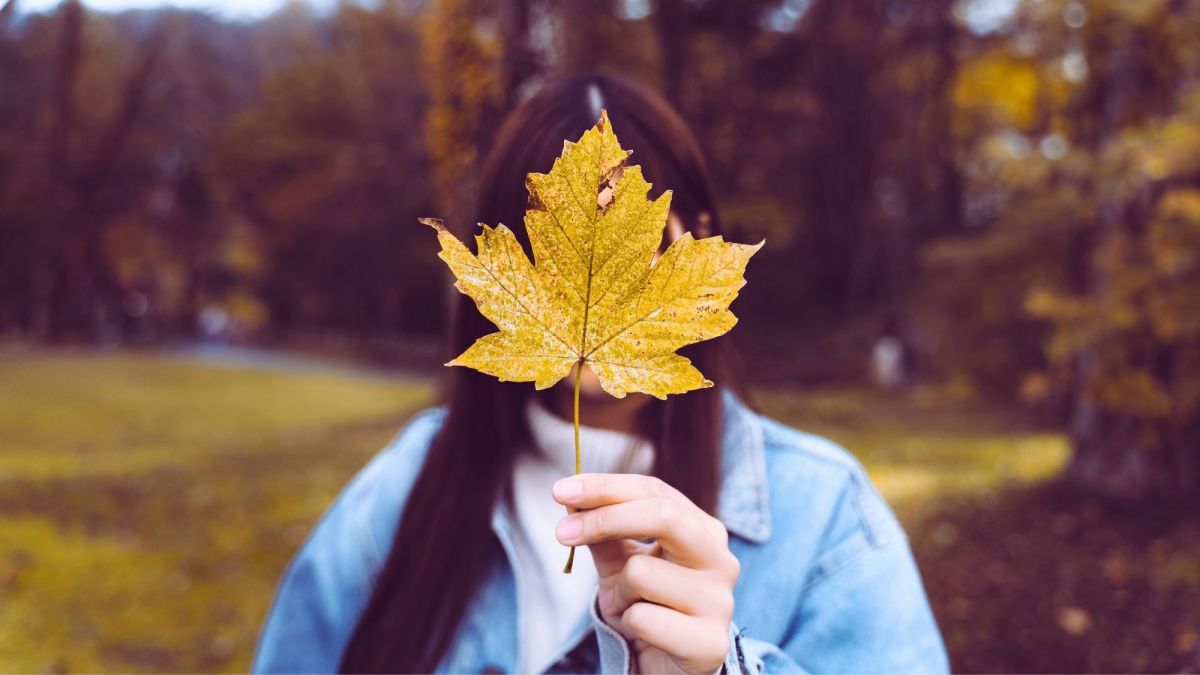The Slipshod Gardener 8: The Case of the Flopping Crab
A pink crabapple tree
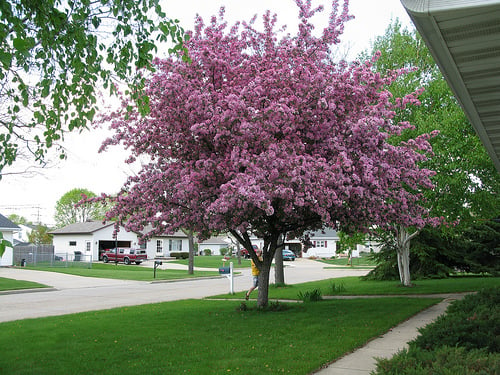
White crabapple blossoms
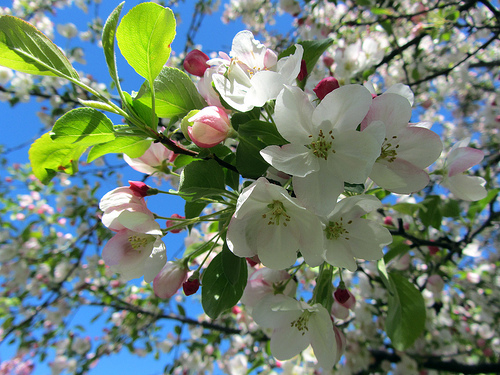
Crabapple fruit
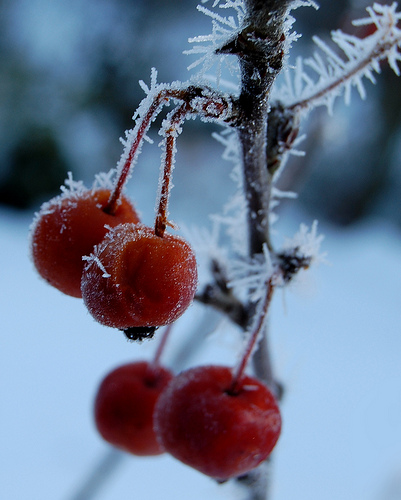
Crabapple trees have a special place in my heart
I have a sentimental attachment to crabapple trees. We had one in our front yard growing up and there was another I especially enjoyed in the yard of a house where I rented in Montana. So I definitely wanted a crabapple tree in my yard.
I bought one, planted it, and got great satisfaction from watching it grow upward at a steady rate. It had plenty of blooms its first spring and required some pruning. The only problem was that it would flop over in a strong wind and this became more frequent the blowsier it became since there was more to catch the wind. I eventually braced it.
It didn’t last long. In the fall of its third year with me, it flopped over despite the brace. I left it flopped. Clearly it should have been able to stand on its own by that time. With a heavy heart, I took my pick-ax out to put an end to my crab.
What I discovered when I started to uproot the crab was extremely peculiar. Where the trunk met the ground, it did not form roots. Instead it turned a sharp right and formed an almost complete circle before going downward, not unlike the outer ring of the @ symbol. This circle was all beneath the surface and all barked, part of the trunk, not part of the root system. No wonder it was falling over. It was sitting on a ring rather than being properly rooted. Something had obviously gone very wrong when it was first put in the pot. Unfortunately, that deformity only sealed its fate.
The crabapple's legacy
Toward spring, I was delighted to see what appeared to be a couple of seedlings sprouting around the hole where the crab had been. I was careful to protect them and let them grow. My mother suggested letting them get about three feet before transplanting.
Finally the day came to spread the new crabs around my property. I got another surprise. Plentiful though its fruit had been, these were not seedlings. They were “suckers” growing up from the roots. I didn’t know what to think of this development and a quick look on the internet didn’t help. Would a normal tree grow from a sucker? I decided to find out. I didn’t want to kill them and they needed to be separated.
There were five at that time. I decided to move four and leave one in place. I created a grove of three where the pond had once been. They each had only a few inches of root on each side when transplanted (with trusty rooting hormone). None of them flopped. One did not survive. The other two have shot straight up. They are now about eight feet tall. They give the impression of willowy pillars.
The last I planted in the back dog yard in a shamefully slipshod manner. I almost cast it over the bank rather than pretend something could survive being planted so shallowly, barely into the ground because I couldn’t get a shovel into the gravel that composes the surface of the dog yard. It’s large sharp gravel, not the small, rounded gravel that would have been ideal. What I managed to do for this crab sucker was peck a little into the soil, hardly enough for a seedling to take, and weight it in place by covering it back over with gravel. A heat spell withered the terminal bud, but it survived, branched, and continued to grow. Nine months later, it’s not as tall as its front yard siblings but it has a more attractive form.
And where the original crab once stood, there are now five slender, willowy suckers growing up. Three are branching from one place. The other two have sprouted from other left over portions of root. I’ve decided to leave them be and see what happens.
For more information about crab apples:
- Flowering Crabapple Tree
Care for Flowering Crabapples - How to choose the best crab apple tree
When you're choosing a crab apple, it’s the fruits that matter, not the flowers. Fall is the time to select the best one for you.


